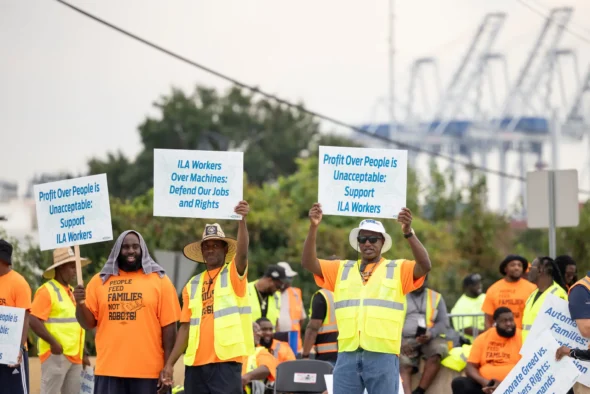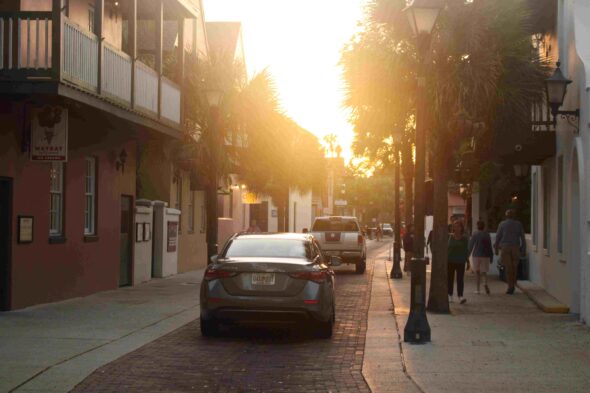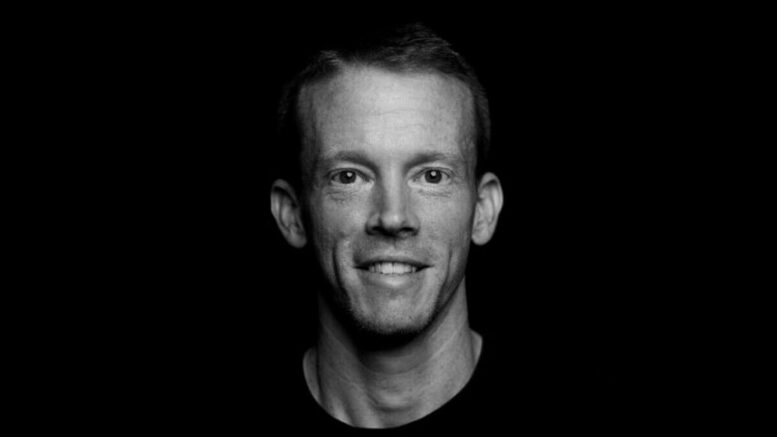By Logan Michael
The 21st century often feels like one of the most politically divisive and eventful periods in recent American history, and that says a lot considering we’re only 24 years in.
With heated debates over the fed’s approach to reproductive rights, economic policy, immigration reform, and the increasingly grim humanitarian loss across the middle east, one key issue is often left to the wayside: organized labor.
On Sept. 25, a quaint Wednesday evening, the esteemed labor journalist and Flagler College alumni Hamilton Nolan visited his alma mater all the way from New York to deliver a seminar on two topics: the current state of American politics and its seemingly forgotten but increasingly vital tool, the union.
Nolan has been an active labor reporter for over a decade and had a lead role in organizing Gawker Media back in 2015. His experience chronicling (and, to an extent, participating in) the labor movement has made him an active pundit on union politics and the future of the modern American labor movement.
Union power, as Nolan points out, is the source of many rights and privileges we take for granted today.
“If you go back to the end of WWII, the early 1950s in America, that was the peak of union power,” Nolan said. “One in three workers was a union member, and that level of union power in America created the greatest shared prosperity that this country has ever seen, you know? Unions created the middle class in America.”
Unfortunately, today, only one in 10 workers has a union. Union membership, with its drastic decline, has coincided with the massive growth of wealth inequality we see in America today. This fall of worker power, as Nolan recounts, is the result of a conceited effort by corporate interests and the legislature to undermine working people.
“There was a series of anti-labor laws passed beginning after WWII that are still impacting us today,” Nolan said. “They launched decades of essentially class war against organized labor in this country that have been extremely successful.”
This “class war” that Nolan describes is far from a radical characterization of American politics— it’s a very real phenomenon, still going on today across the country today, especially in Florida. In May of 2023, Florida Governor Ron DeSantis passed the controversial SB 256, which threatened the status of many public sector unions, notably those of public-school teachers.
With corporations and state-level executives making it as hard as possible for working people to form a union, nevertheless maintain it, what is the American worker to do? Where does the labor movement go from here? This exact question is what I sat down with Nolan to talk about, prior to his conference.
I found that a strong conviction of Nolan’s (and other labor activists, for that matter) is that the current union leadership has grown complacent. Large, multi-industry labor unions like the AFL-CIO and the Teamsters have failed to recognize the flaming potential of organized labor and instead focused on maintaining the interests and luxuries of the workers already organized.
In Nolan’s eyes, for the labor movement to be successful, the established labor unions of this country need new, ambitious leaders. The unions of this country must fight back against their dwindling membership and organize more workers.
It’s easy to see the merit of Nolan’s advice— unions afford working people power to improve their working conditions, benefits and wages in a real, feasible way. Unions, in a time of post-pandemic economic uncertainty fostered by all-time corporate greed and the absence of government action, afford people a much-needed safety net.
“They saw that they needed some sort of protection from the abyss, and that experience [COVID] along with this long-term rise in inequality is one of the reasons why labor unions today— public opinion polls tell us— are more popular than they’ve been in 60 years in this country,” Nolan said.
This simultaneous growth of economic inequality and popularity of unions is anything but a coincidence.
Working people, Nolan argues, have realized through trial and tribulation that the only real path to prosperity is in their hands; all that’s left to do is organize.

With the International Longshoremen’s Association recently winning a tentative wage increase of 62% for port workers, organized labor has slowly begun rearing its formidable face into the conscious of the American worker— unions are a real, practical solution.
Let’s go back to St. Augustine for a moment. For being the oldest city in the nation, our little salt marsh has shockingly little union membership. This drought of worker power has real, material consequences.
Despite raking in laughable loads of money from St. Augustine’s seasonal snowbird sightseers, one could argue (Nolan certainly would) that the St. Augustine City Commission does frighteningly little to address the city’s saddening homeless population and perpetual housing crisis.
These seemingly permanent problems have solutions— the tools just need to be wielded.

If we, the St. Augustine community were to go out and organize all the workers on St. George Street, and if all the attractions frequented by tourists were union jobs, working people would have a real say in the affairs of St. Augustine.
Not only would the working conditions, pay, and benefits be significantly improved for the St. Augustine worker, but the mere mention of a strike across the tourist sector could bend the St. Augustine City Commission, and even St. Johns County, to the will of the working people.
We could invest in affordable housing. We could further land preservation programs. We could actually help the homeless. All through the power of organized labor, we could make politicians listen to their voters. Hard to believe, right?
While the prospect of unionizing may be rationally beneficial, it’s still a hard pill for people to swallow. Talking with your coworkers and taking the initiative to organize is scary. Thankfully, as Nolan points out, “there’s an entire labor movement that’s ready to help you do just that.”




Be the first to comment on "Organized Labor: Hamilton Nolan’s Vision for a Greater St. Augustine"